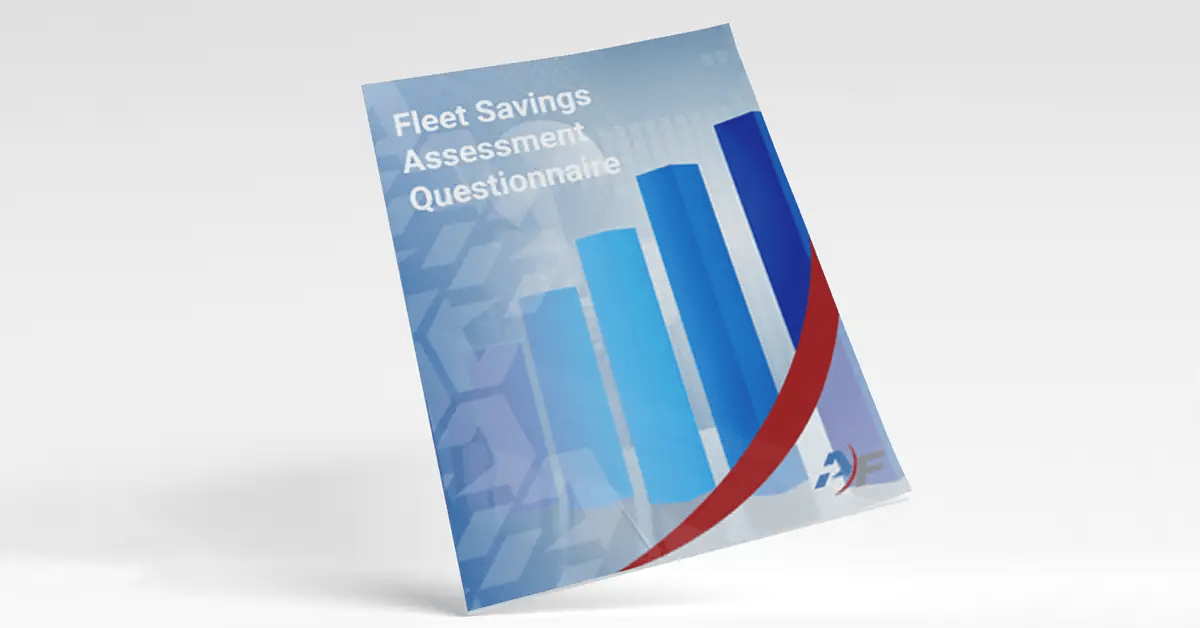Maximizing Savings: How Departments Can Save Big with Shared Vehicles
In an industry driven by budgets, bottom lines, and the relentless pursuit of efficiency, fleet managers are perpetually in search of innovative cost-savings solutions. Yet, amidst the variety of strategies that departments adopt to curb expenses, the potential of shared vehicles between departments often remains unexplored. On the surface, such a move might seem like a minor tweak to operational protocol, but when examined more closely, an array of benefits are revealed. From slashing costs to promoting sustainability, the impact of vehicle sharing among departments can be profound. In this blog post, we will explore how inter-departmental vehicle sharing can be a cost-effective solution that improves vehicle utilization and streamlines operations within any organization.
Understanding the Savings of Shared Motor Pools
When departments within an organization maintain their own separate fleets, they miss out on the cost saving opportunities that result from sharing resources. By pooling vehicles together, not only can the total number of vehicles be decreased, but also the overall costs associated with maintaining a larger fleet. Estimates show that departments can save between $3,000 to $8,000 annually for each vehicle removed from their motor pool.
Cost Reduction through Decreased Fleet Size
When vehicles are shared between departments, there's a potential reduction in fleet size of up to 30%. This significant decrease comes from the improved allocation and utilization of vehicles, which ensures that the existing fleet is used more efficiently. And this is not the only area of cost savings; fewer vehicles also means lower maintenance costs, reduced insurance premiums, and less capital tied up in vehicle assets.
Revenue Generation through Decreased Fleet Size
Another financial advantage of inter-departmental vehicle sharing is the ability to implement a streamlined billing system for vehicle usage. Departments can actually charge each other for the use of vehicles, turning underutilized assets into sources of revenue. This improved billing system not only promotes the efficient use of vehicles but it also encourages departments to be more accountable for their usage and promotes improved fleet data tracking and analysis.
Enhanced Vehicle Utilization Across Departments
Combining mini pools of vehicles into a centralized motor pool can dramatically increase overall vehicle utilization. In this section, we will delve into the practical outcomes of such a system.
Breaking Down Departmental Barriers
In organizations where departments are located within the same building or nearby, the traditional mentality of 'ownership' of assets can lead to inefficiencies. Departments often refrain from sharing their vehicles due to a sense of possession, often stemming from the costs they have incurred in the acquisition of those vehicles. However, when vehicles are shared, the 'us versus them' barrier between departments is broken down, leading to a more collaborative and productive environment.
Achieving a Diverse and Accessible Vehicle Fleet
With the combination of departmental vehicle pools, not only does the availability of vehicles increase, but also access to a variety of vehicle types between departments. This arrangement allows departments to have the flexibility to choose from a larger, more diverse fleet that can better suit specific needs at any given time.
Streamlining Operations with Centralized Fleet Management
To further enhance the efficiency of shared vehicle pools, a single fleet department could oversee the management of the vehicles, providing them to other departments as needed. This removes the burden of leasing costs from individual departments and allows them to pay solely for their actual daily usage.
Addressing the Need for Assigned Vehicles
Despite the clear advantages of a shared motor pool between departments, there will likely be instances where individual assignments of vehicles are necessary. Let's discuss how to balance the need for specific assigned vehicles while still maximizing the vehicle sharing model.
Data-Driven Vehicle Assignment Decisions
It's important for organizations to collect and evaluate data on vehicle utilization. Many drivers may insist on the necessity of an assigned vehicle, even providing justifications for exclusive use. However, by citing precise utilization data generated by a shared vehicle system, management decisions regarding vehicle assignments can be made based on actual need, rather than subjective claims.
Managing Driver Objections
When it comes to managing objections from drivers regarding the shift to a shared motor pool, organizations can refer to resources like our e-book "How to Deal with Driver Objections to Motor Pool". This guide can provide valuable strategies for addressing concerns and demonstrating the benefits of shared vehicle usage to skeptical employees.
The Power of Shared Mobility
Inter-departmental vehicle sharing is a practical solution for organizations looking to reduce costs and improve the efficiency of their fleets. By embracing a culture of sharing and making data-driven decisions, organizations are able to significantly cut down on fleet size and expenses while maintaining, if not improving, service levels. With proper management and clear communication, the transition to a shared motor pool can lead to substantial financial and operational gains.






